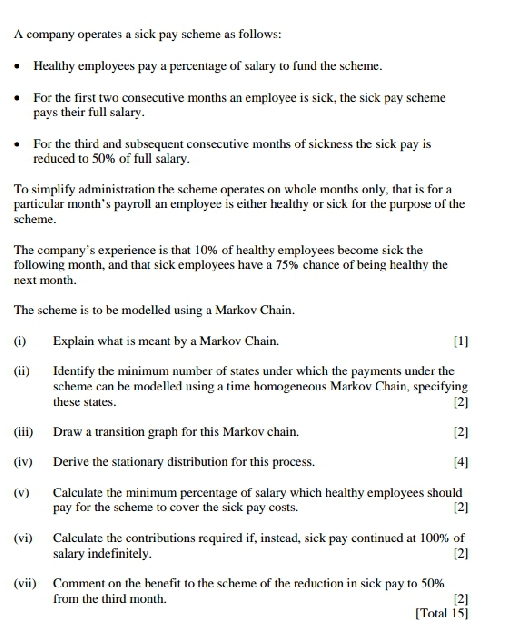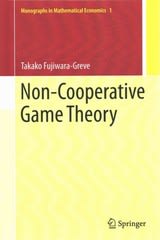
Please solve while showing all the steps
In a study of the relation between the amount of information available and use of buses in eight comparable test cities, bus route maps were given to residents of the cities at the beginning of the test period. The increase in average daily bus use during the test period was recorded. The numbers of maps and the increase in bus use are given in the table below (both in thousands) Number of maps (x) 80 220 140 120 180 100 200 160 Increase in bus use (v) 0.60 6.70 5.30 4.00 6.55 2.15 6.60 5.75 For these data: Ex-1,200, _x' =196,800, Ey=37.65, ,2 -213.4875, [xy =6,378 O Construct a scatterplot of the data and comment on the relationship between the increase in bus use and the number of maps distributed. [4] (ii) The equation of the fitted linear regression is given by y =-1.816+0.04348x . Perform an appropriate statistical test to assess the hypothesis that the slope in this fitted model suggests no relationship between the increase in bus use and the number of maps distributed. Any assumptions made should be clearly stated. [6] (iii) The fitted responses and the residuals from the linear regression model fitted in part (ii) are given below: Fitted values (1) 1.66 7.75 427 3.40 601 2.53 6.88 5.14 Residuals (@) -1.06 -1.05 1.03 0.60 0.54 -0.38 -0.28 0.61 Plot the residuals against the values of the fitted responses and comment on the adequacy of the model. (4] (iv) A new city is added to the study, and 250,000 maps are distributed to its citizens Calculate the prediction of the increase in bus use in this city according to the model fitted in part (ii) and comment on the validity of this prediction. [2] [Total 16]A company operates a sick pay scheme as follows: . Healthy employees pay a percentage of salary to fund the scheme. For the first two consecutive months an employee is sick, the sick pay scheme pays their full salary. For the third and subsequent consecutive months of sickness the sick pay is reduced to 50% of full salary. To simplify administration the scheme operates on whole months only, that is for a particular month's payroll an employee is either healthy or sick for the purpose of the scheme. The company's experience is that 10% of healthy employees become sick the following month, and that sick employees have a 75% chance of being healthy the next month. The scheme is to be modelled using a Markov Chain. (1) Explain what is meant by a Markov Chain. [1] (1i) Identify the minimum number of states under which the payments under the schema can be modalled using a time homogeneous Markov Chain, specifying these states. [2] (Hil) Draw a transition graph for this Markov chain. [2] (iv) Derive the stationary distribution for this process. (V) Calculate the minimum percentage of salary which healthy employees should pay for the scheme to cover the sick pay costs. [2] (vi) Calculate the contributions required if, instead, sick pay continued at 100% of salary indefinitely. [2] (vii) Comment on the benefit to the scheme of the reduction in sick pay to 50% from the third month. [2] [Total 15]









